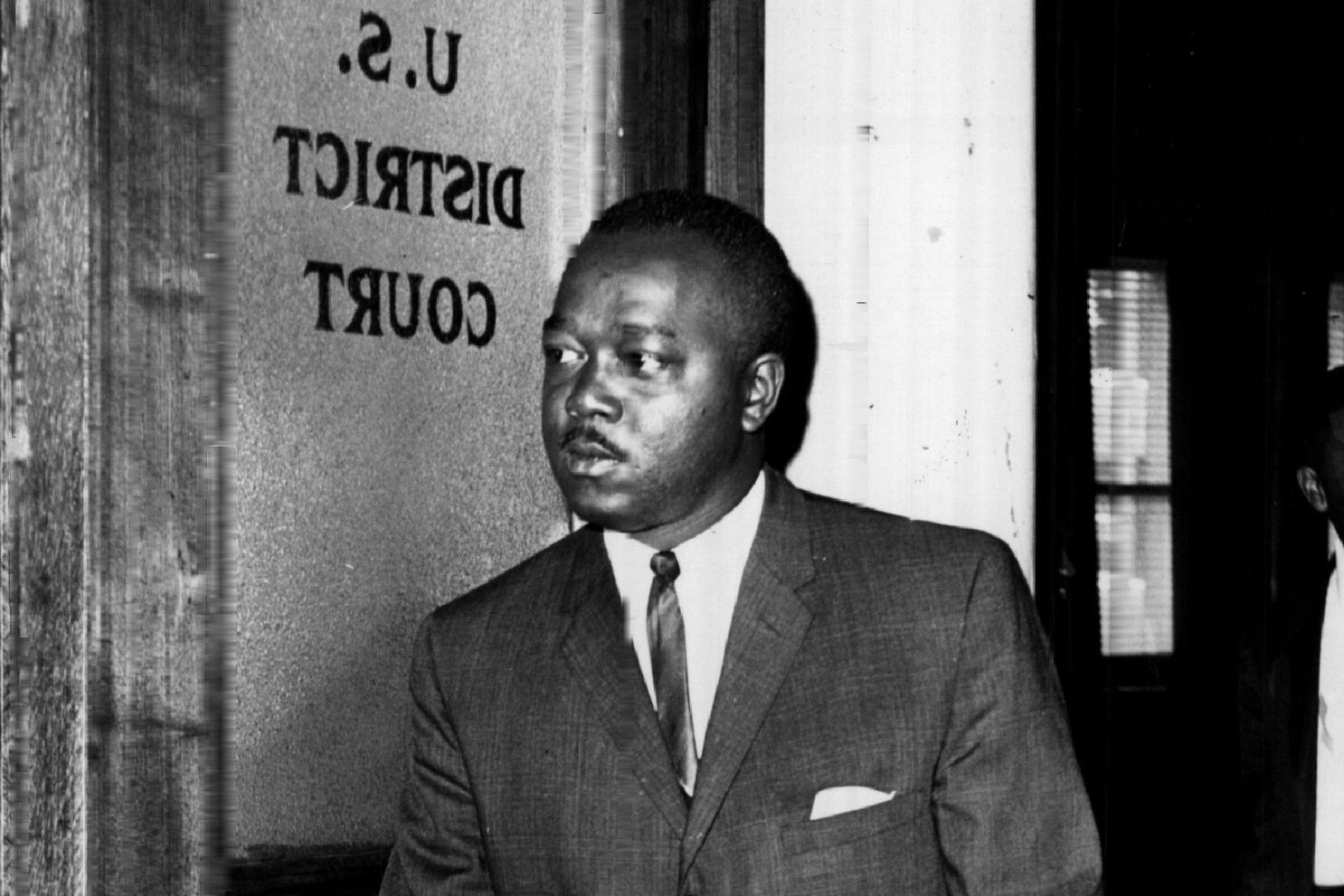Venture into the untamed wilderness of Northeastern North Carolina's swamps, and you'll find an age-old tradition that connects locals to their natural surroundings: making a flavorful and nutritious poke salad from the abundant and often overlooked wild weeds. Delve into this unique culinary adventure as we unlock the secrets of creating a delightful poke salad, a dish steeped in history and brimming with regional flavors.
A Journey into the Swamp The swamps of Northeastern North Carolina are a mesmerizing blend of mystical beauty and thriving biodiversity. Amidst the cypress trees and shimmering waters, an array of wild weeds flourishes, including the star of our culinary expedition—the pokeweed (Phytolacca americana). Pokeweed, also known as poke sallet or poke salad, has been a staple in regional cuisine for generations.
Foraging: A Skill Passed Down Generations Foraging for pokeweed is an art passed down through the generations. Before you set out on your journey, it's crucial to have an experienced guide to distinguish between edible and toxic plants, as some look deceptively similar to pokeweed. The plant's distinctive appearance, with its vibrant purple stems and large, ovate leaves, aids in its identification. However, caution is essential since pokeweed can be poisonous if not prepared correctly.
Harvesting with Care The best time to harvest pokeweed is early spring, when young shoots emerge. Before they unfurl completely, these tender shoots are the safest and most delicious part of the plant to use. Wear gloves and use a sharp knife to cut the ground-level shoots. Avoid harvesting mature plants or consuming any part of the plant except for the young shoots, as the rest contains toxins.
Traditional Preparation Techniques Preparing pokeweed is a labor of love; traditional methods are crucial to make it safe and palatable. Follow these steps to ensure your poke salad is both delicious and toxin-free:
1. Boiling: After harvesting the young shoots, rinse them thoroughly to remove any dirt or debris. Bring a large pot of salted water to a rolling boil and blanch the sprouts for at least 15 minutes. Discard the boiling water, and repeat the process once more with fresh water. This helps remove toxins and makes the pokeweed safe to consume.
2. Sauteeing: After boiling, sauté the shoots in a skillet with butter or olive oil, garlic, and onions. This step imparts flavor and elevates the overall taste of the dish.
3. Creative Pairings: While pokeweed shines, consider adding other wild edibles from the swamp, such as watercress, cattail shoots, or even wild mushrooms, to enhance the salad's flavor and texture. Remember to forage responsibly and ensure you are familiar with the plants you add to the dish.
Preserving the Tradition Making poke salad is not just about the food; it celebrates the region's cultural heritage. Many communities hold annual poke festivals where locals gather to share stories, recipes, and techniques. By embracing and preserving this culinary tradition, we can connect with our past and continue it into the future.
Sustainability and Conservation As with any foraging activity, sustainability and conservation are paramount. Over-harvesting pokeweed or other wild plants can harm local ecosystems and threaten the delicate balance of the swamp's biodiversity. Ensure you harvest only what you need, leaving enough behind to allow the plants to regrow and reproduce.
Final Thoughts Crafting a poke salad from the weeds of Northeastern North Carolina's swamps is a profound journey into the heart of a vibrant and age-old culinary tradition. The experience connects you with the land, its people, and the region's history. So, put on your boots, grab a basket, and embark on this remarkable gastronomic adventure to discover the delights of poke salad. Remember to approach this endeavor with respect, knowledge, and an eagerness to embrace the rich tapestry of culture and flavors the swamp offers. Happy foraging!























